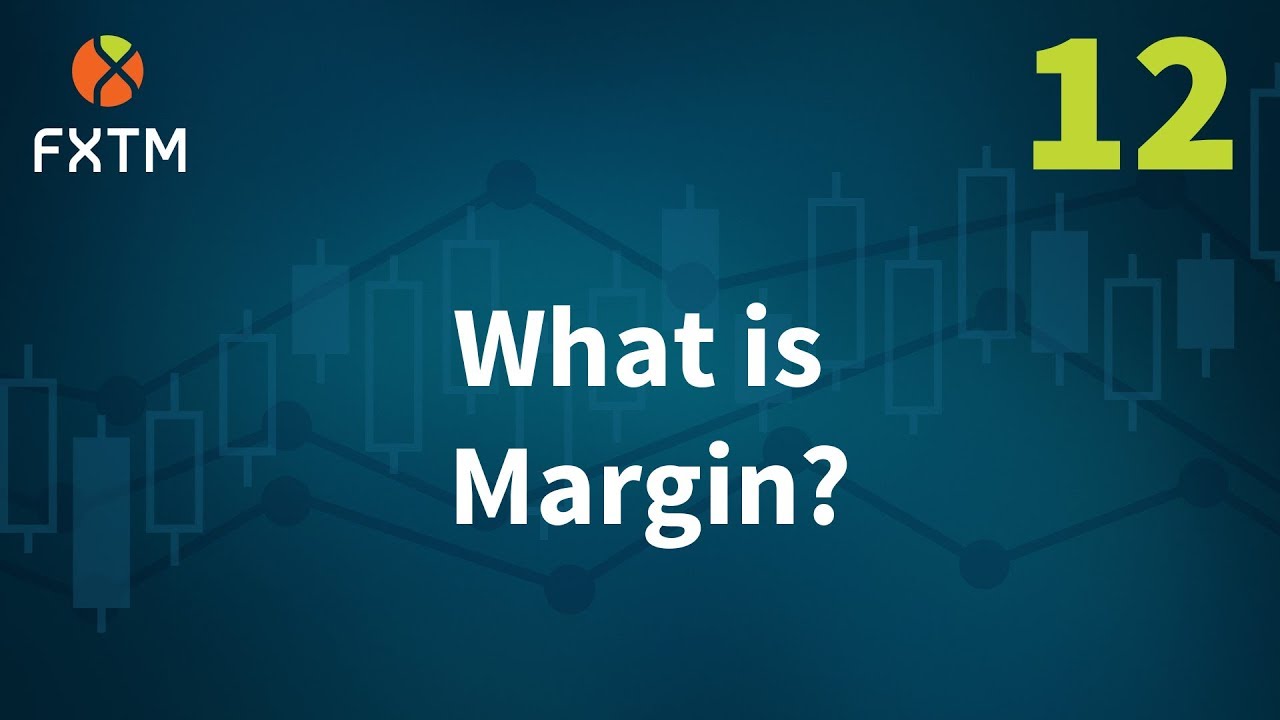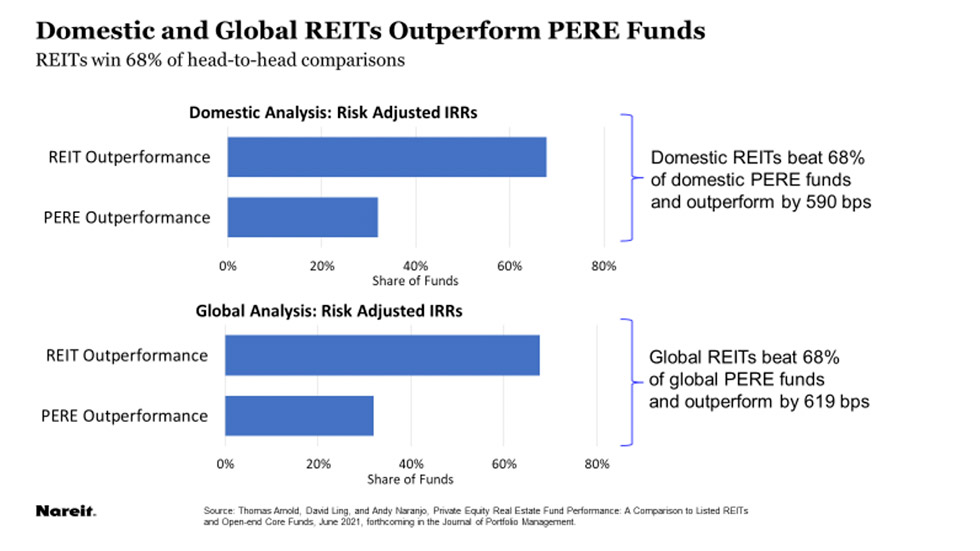
It doesn't matter if you're an experienced trader or a beginner. Understanding forex liquidity can be crucial. Understanding the dynamics of forex markets is important in order to avoid wasting time and money. Understanding how currency pairs affect liquidity will be important. Particularly, you will want to determine if your broker provides the highest level possible of liquidity.
Forex market liquidity can be measured by the amount traded in currency pairs in any given session. It's important to also consider the time of the day that you trade. This is important because some markets are thinner than others. Traders may also be able to look at volume indicators on their trading platform. This can give them an idea of how efficient the market is.
A high volume trade in the forex market is often an indicator that liquidity is good. Liquidity also has an impact on order execution, spreads, bid-offer spreads, as well. This is especially true of the larger currency pairs. If the broker does not have sufficient liquidity, your order will be re-quoted or priced at a gap.

There are two main types of forex liquidity, high and low. High liquidity refers to the most liquid currency pairs, such as the EUR/USD. Low liquidity refers to less liquid currency pairs, such as the GBP/JPY pair. Low liquidity on the Forex market can result in price gaps when market moving events occur, such a central banking announcement.
Forex market is 24 hour market. There are periods with high liquidity and periods with low liquidity. Lower trading hours lead to fewer participants. This is especially true when dealing with exotic currencies.
A market with high liquidity is also easier to trade, as there are fewer lags between orders being executed. The Forex market is a great place for beginners to trade. However, liquidity in Forex does not translate to real-world liquidity. You should also consider leverage as it can increase your risk in trades. However, leverage can be a powerful way to increase your trading profits. But it can also prove risky if not properly used.
There are two main types of liquidity indicators you can use: tick volume indicators and volume bars. Because they can be applied to any price feed, tick volume indicators are very useful. The volume bar shows you how liquid a currency pairs is. These indicators are less useful when you use a smaller broker's platform.

The volume bar is the best indicator of the Forex market's liquidity, as it gives you a sense of the amount of volume that was traded in a particular time frame. Beginner traders should start with the most liquid currencies pairs. This will increase your chances of achieving a reward to risk ratio.
There are also a few indicators that the Forex market has, including the Force Index. The Force Index provides an indirect view of Forex liquidity. It is not as precise than the tick volume indicator, however it can still be a good indicator how fluid the market has been.
FAQ
How are share prices established?
Investors who seek a return for their investments set the share price. They want to make a profit from the company. They then buy shares at a specified price. If the share price increases, the investor makes more money. If the share price falls, then the investor loses money.
The main aim of an investor is to make as much money as possible. They invest in companies to achieve this goal. They can make lots of money.
Is stock a security that can be traded?
Stock is an investment vehicle that allows investors to purchase shares of company stock to make money. This is done via a brokerage firm where you purchase stocks and bonds.
You could also invest directly in individual stocks or even mutual funds. In fact, there are more than 50,000 mutual fund options out there.
These two approaches are different in that you make money differently. With direct investment, you earn income from dividends paid by the company, while with stock trading, you actually trade stocks or bonds in order to profit.
In both cases, you are purchasing ownership in a business or corporation. But, you can become a shareholder by purchasing a portion of a company. This allows you to receive dividends according to how much the company makes.
Stock trading offers two options: you can short-sell (borrow) shares of stock to try and get a lower price or you can stay long-term with the shares in hopes that the value will increase.
There are three types of stock trades: call, put, and exchange-traded funds. Call and put options give you the right to buy or sell a particular stock at a set price within a specified time period. ETFs, which track a collection of stocks, are very similar to mutual funds.
Stock trading is very popular since it allows investors participate in the growth and management of companies without having to manage their day-today operations.
Although stock trading requires a lot of study and planning, it can provide great returns for those who do it well. You will need to know the basics of accounting, finance, and economics if you want to follow this career path.
What is a REIT?
A real estate investment trust (REIT) is an entity that owns income-producing properties such as apartment buildings, shopping centers, office buildings, hotels, industrial parks, etc. They are publicly traded companies which pay dividends to shareholders rather than corporate taxes.
They are similar companies, but they own only property and do not manufacture goods.
How do you choose the right investment company for me?
You should look for one that offers competitive fees, high-quality management, and a diversified portfolio. Fees are typically charged based on the type of security held in your account. Some companies don't charge fees to hold cash, while others charge a flat annual fee regardless of the amount that you deposit. Others may charge a percentage or your entire assets.
You should also find out what kind of performance history they have. Companies with poor performance records might not be right for you. You want to avoid companies with low net asset value (NAV) and those with very volatile NAVs.
Finally, it is important to review their investment philosophy. To achieve higher returns, an investment firm should be willing and able to take risks. They may not be able meet your expectations if they refuse to take risks.
What is a Mutual Fund?
Mutual funds are pools of money invested in securities. They offer diversification by allowing all types and investments to be included in the pool. This helps reduce risk.
Professional managers are responsible for managing mutual funds. They also make sure that the fund's investments are made correctly. Some funds offer investors the ability to manage their own portfolios.
Most people choose mutual funds over individual stocks because they are easier to understand and less risky.
Statistics
- Individuals with very limited financial experience are either terrified by horror stories of average investors losing 50% of their portfolio value or are beguiled by "hot tips" that bear the promise of huge rewards but seldom pay off. (investopedia.com)
- Ratchet down that 10% if you don't yet have a healthy emergency fund and 10% to 15% of your income funneled into a retirement savings account. (nerdwallet.com)
- US resident who opens a new IBKR Pro individual or joint account receives a 0.25% rate reduction on margin loans. (nerdwallet.com)
- "If all of your money's in one stock, you could potentially lose 50% of it overnight," Moore says. (nerdwallet.com)
External Links
How To
How to Trade Stock Markets
Stock trading is a process of buying and selling stocks, bonds, commodities, currencies, derivatives, etc. Trading is French for "trading", which means someone who buys or sells. Traders buy and sell securities in order to make money through the difference between what they pay and what they receive. It is one of the oldest forms of financial investment.
There are many options for investing in the stock market. There are three main types of investing: active, passive, and hybrid. Passive investors only watch their investments grow. Actively traded investors seek out winning companies and make money from them. Hybrid investors use a combination of these two approaches.
Passive investing involves index funds that track broad indicators such as the Dow Jones Industrial Average and S&P 500. This is a popular way to diversify your portfolio without taking on any risk. Just sit back and allow your investments to work for you.
Active investing is about picking specific companies to analyze their performance. Active investors will look at things such as earnings growth, return on equity, debt ratios, P/E ratio, cash flow, book value, dividend payout, management team, share price history, etc. They decide whether or not they want to invest in shares of the company. If they feel that the company's value is low, they will buy shares hoping that it goes up. On the other side, if the company is valued too high, they will wait until it drops before buying shares.
Hybrid investing combines some aspects of both passive and active investing. For example, you might want to choose a fund that tracks many stocks, but you also want to choose several companies yourself. This would mean that you would split your portfolio between a passively managed and active fund.